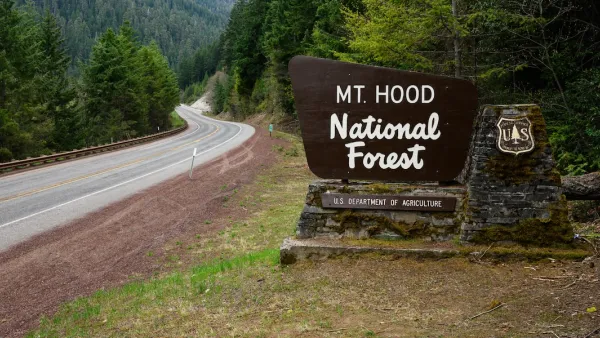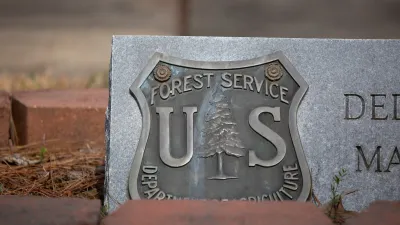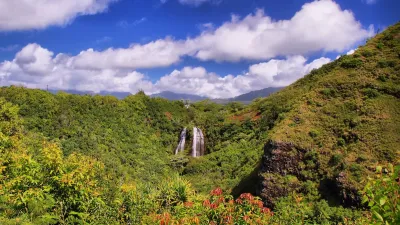Not only did Hurricane Maria destroy most of Puerto Rico's man-made infrastructure, it also defoliated the island's vast tropical forests, upsetting the forest ecology—in the short term.
"One of the most dramatic sights left by Hurricane Maria is the denuding of Puerto Rico," states NPR's John Burnett in his report (available on audio) on Puerto Rico's forest ecology. "The lush forests for which this island is famous were stripped bare by the cyclone."
Fortunately, the destruction to the forests is one of defoliation, not deforestation. The foliage will return, though, just like it did after the category 3 Hurricane Hugo devastated part of the island in September 1989.
Like the destroyed electric grid and other crucial infrastructure that will be rebuilt with help from the Army Corps of Engineers that serve the 3.4 million residents of this Caribbean island, though, it will take time, and in the near term, be disruptive, particularly to the forest's fauna. But the results are worth the wait, according to scientists who have "been studying the same forests ....since 1943," states Burnett.
Through an accident of weather and geography, Puerto Rico has perhaps the best research on the interaction between hurricanes and tropical forests in the Western Hemisphere.
"The forest is impatient to reinvent itself"
What Dr. Ariel Lugo, the 74-year-old director of the International Institute of Tropical Forestry, part of the U.S. Department of Agriculture's Forest Service and other scientists learned after Hugo defoliated the hills "is that regrowth here was two to three times as robust and productive as a normal healthy forest."
The trees race upward to regain their choice positions in the canopy and photosynthesize the sunlight. The tallest are the victors.
It took the forest three to four years to recover after Hugo, and it probably will for Maria, too.
Burnett asks Lugo what he has to say to residents who are anxious to see the island become green again.
"Unfortunately, it's the same thing they are being told when they are waiting for gas, food and water," Lugo replies. "Be patient."
FULL STORY: After Hurricane's Wrath, Puerto Rico's Green Forests Turn Bare Brown

Planetizen Federal Action Tracker
A weekly monitor of how Trump’s orders and actions are impacting planners and planning in America.

Restaurant Patios Were a Pandemic Win — Why Were They so Hard to Keep?
Social distancing requirements and changes in travel patterns prompted cities to pilot new uses for street and sidewalk space. Then it got complicated.

Map: Where Senate Republicans Want to Sell Your Public Lands
For public land advocates, the Senate Republicans’ proposal to sell millions of acres of public land in the West is “the biggest fight of their careers.”

Maui's Vacation Rental Debate Turns Ugly
Verbal attacks, misinformation campaigns and fistfights plague a high-stakes debate to convert thousands of vacation rentals into long-term housing.

San Francisco Suspends Traffic Calming Amidst Record Deaths
Citing “a challenging fiscal landscape,” the city will cease the program on the heels of 42 traffic deaths, including 24 pedestrians.

California Homeless Arrests, Citations Spike After Ruling
An investigation reveals that anti-homeless actions increased up to 500% after Grants Pass v. Johnson — even in cities claiming no policy change.
Urban Design for Planners 1: Software Tools
This six-course series explores essential urban design concepts using open source software and equips planners with the tools they need to participate fully in the urban design process.
Planning for Universal Design
Learn the tools for implementing Universal Design in planning regulations.
Heyer Gruel & Associates PA
JM Goldson LLC
Custer County Colorado
City of Camden Redevelopment Agency
City of Astoria
Transportation Research & Education Center (TREC) at Portland State University
Camden Redevelopment Agency
City of Claremont
Municipality of Princeton (NJ)





























